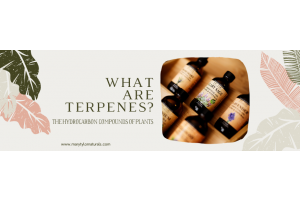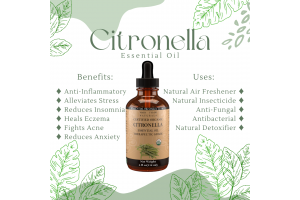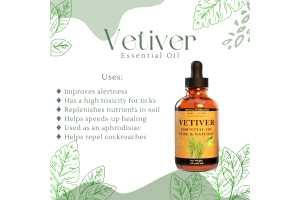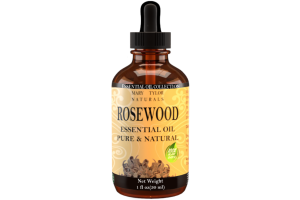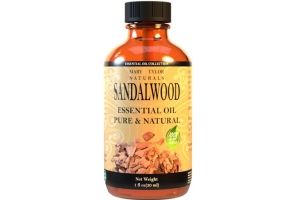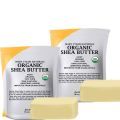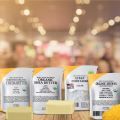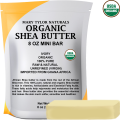Should you be wearing a mask during this pandemic?

Should you be wearing a mask during this pandemic?
The 2020 Corona Virus pandemic has struck up a debate on whether masks should be worn or not. With the mounting fears of catching this new, scary, unknown virus, the CDC and WHO have recommended wearing masks. But with the new reports of how this virus is still prominent despite social distancing, the shut down of businesses and restaurants, it begs the question- are masks even effective?
This article will tackle that tough question.
First, let’s review the different types of mask options.
Medical Grade Masks
These masks are reportedly the “strongest” protection available. They are made from synthetic polymer fibers and must be approved by a governing authority such as the U.S. National Institute for Occupational Safety and Health (NIOSH) to classify for medical grade air filtration.
Examples of medical grade masks are:
Korea 1st class (Korea KMOEL - 2017-64)
DS2 (Japan JMHLW-Notification 214, 2018)
N95 (United States NIOSH-42CFR84)
FFP2 (Europe EN 149-2001)
KN95 (China GB2626-2006)
P2 (Australia/New Zealand AS/NZA 1716:2012)
The statement below is directly from the CDC regarding the use of medical grade masks,
“A surgical N95 (also referred as a medical respirator) is recommended only for use by healthcare personnel (HCP) who need protection from both airborne and fluid hazards (e.g., splashes, sprays). These respirators are not used or needed outside of healthcare settings.”
These masks are used in critical healthcare settings and also used to prevent chemical exposure in jobs such as textile manufacturing and those which result in toxic chemical exposure.
Unlike cloth and surgical masks, medical grade masks must go through the following testing:
“Filter performance – the filter is evaluated to measure the reduction in concentrations of specific aerosols in air that passes through the filter.
Test agent - the aerosol that is generated during the filter performance test.
Total inward leakage (TIL) – the amount of a specific aerosol that enters the tested respirator facepiece via both filter penetration and faceseal leakage, while a wearer performs a series of exercises in a test chamber.
Inward leakage (IL)– the amount of a specific aerosol that enters the tested respirator facepiece, while a wearer performs a normal breathing for 3 minutes in a test chamber. The test aerosol size (count median diameter) is about 0.5 micro meter.
Pressure drop – the resistance air is subjected to as it moves through a medium, such as a respirator filter.”
Source: 3M Technical Bulletin May, 2020 Revision 3
You do not need a medical grade mask unless you are in an active healthcare situation where you will be in direct, close contact with infectious diseases, body fluids or chemical toxins.
What about other types of masks?
It has been amazing to see people all over the world take to their sewing machines to create unique, cloth masks in an effort to prevent the spread of COVID-19. But there has been much debate on whether these homemade masks are even effective in the spread of this virus.
Surgical masks are cleared by the U.S. Food and Drug Administration (FDA) to protect against large droplets of bodily or hazardous fluids and are designed to provide protection from airborne emissions.
These masks are not designed for protection against small airborne particles and are not considered respiratory protection.
According to the CDC, when used in conjunction with safe practices such as social distancing, handwashing and proper hygiene practices, both cloth and surgical masks are believed to reduce the risk of exposure to large airborne pathogens.
However, a study released by Annals of Internal Medicine stated the following regarding the effectiveness of cloth and surgical masks.
“The authors in the conclusion stated that surgical and cotton masks seem to be ineffective in preventing the dissemination of SARS-CoV-2 from the coughs of patients with COVID-19 to the environment and external mask surface, but this statement should be complemented by a clear declaration that the samples were taken at a distance of only 20 cm and that these test results do not refer to the possibility of reducing infections.”
They also stated:
“The authors acknowledge, "We do not know whether masks shorten the travel distance of droplets during coughing". Although microaerosolization may not be effective with non-N95, a physical mask barrier should impede any large droplet secretions. A more adequately powered study should support the effectiveness of masks (cloth or surgical) in combination with social distancing and handwashing to decrease viral loads.”
This seems to be conflicting information. If cloth and surgical masks cannot protect against direct exposure, why is the CDC suggesting we wear them?
A hilarious retort to that very question is the “Pee On you, Wear a Mask” argument. The concept of this idea compares the idea of wearing masks to that of wearing pants. If someone pees on you, you still get peed on but if you are wearing pants, you are more protected from the urine than you would be without pants on. Hence, if you are sneezed on with a mask on by someone with a virus, you will be more protected than you would be without the mask. Basically, you still get sneezed on but you are protecting yourself more with a mask than without it.
Bottom line, should you wear a mask?
The choice is up to you.


